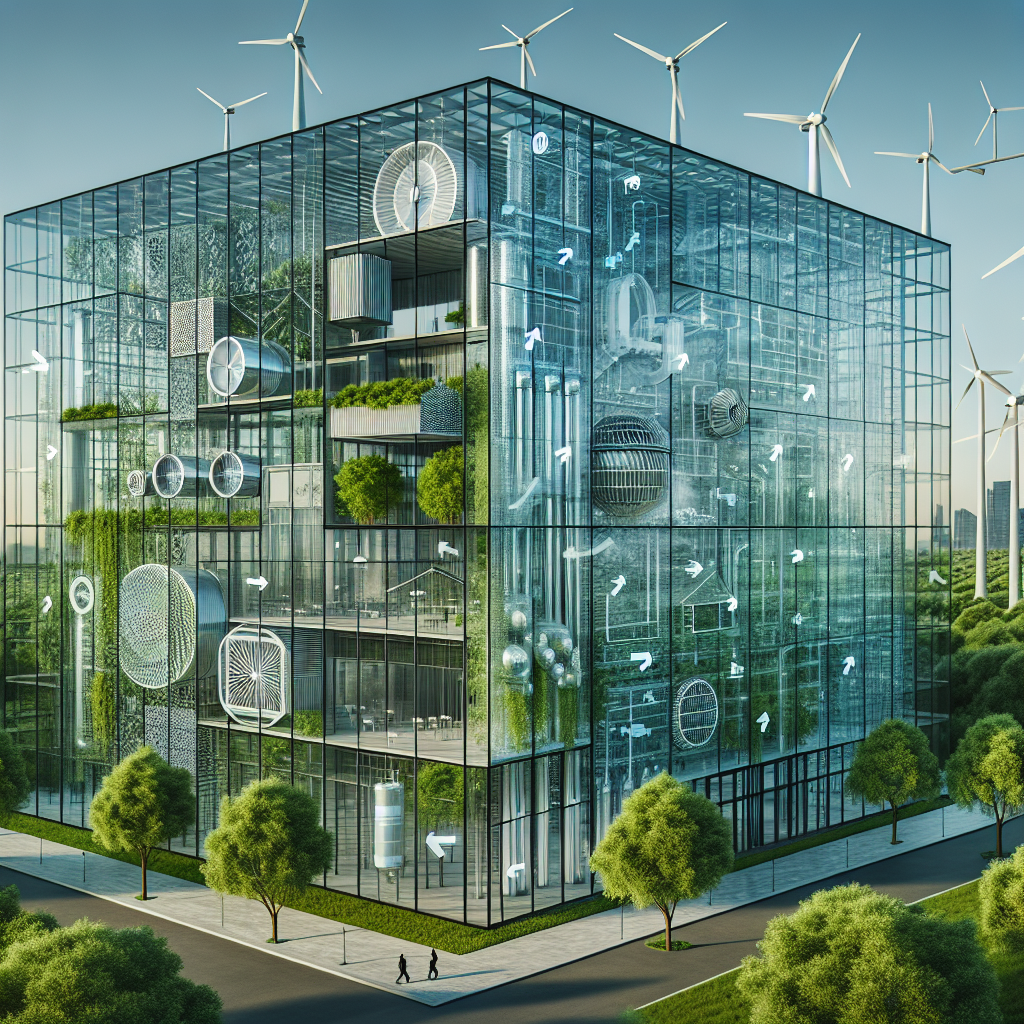In recent years, sustainable building design has become a hot topic in the construction industry. With the growing concern over environmental issues such as climate change and energy consumption, architects and engineers are increasingly turning to innovative solutions to create buildings that are not only aesthetically pleasing but also environmentally friendly.
One key aspect of sustainable building design is ventilation. Poor ventilation can lead to a host of problems, including poor indoor air quality, mold growth, and increased energy consumption. In order to create buildings that are both sustainable and comfortable for occupants, it is essential to implement effective ventilation solutions.
There are several ventilation strategies that can be incorporated into sustainable building design. One popular option is natural ventilation, which relies on the natural flow of air to provide fresh air and remove stale air from a building. This can be achieved through the strategic placement of windows, vents, and other openings to encourage airflow. Natural ventilation not only helps to reduce energy consumption by minimizing the need for mechanical ventilation systems, but it also helps to improve indoor air quality and occupant comfort.
Another ventilation solution for sustainable building design is the use of energy-efficient mechanical ventilation systems. These systems are designed to provide a controlled flow of fresh air into a building while minimizing energy consumption. By incorporating features such as heat recovery systems, variable air volume control, and energy-efficient fans, these systems can help to reduce energy costs and improve indoor air quality.
In addition to natural and mechanical ventilation systems, sustainable building design can also incorporate passive ventilation strategies. These strategies utilize the natural forces of wind and temperature differentials to create airflow within a building. Features such as wind towers, atriums, and solar chimneys can be used to promote natural ventilation and reduce the need for mechanical systems.
Overall, ventilation plays a crucial role in sustainable building design. By implementing effective ventilation solutions, architects and engineers can create buildings that are not only environmentally friendly but also provide a healthy and comfortable indoor environment for occupants. Whether through natural ventilation, energy-efficient mechanical systems, or passive strategies, there are a variety of options available to help achieve sustainable ventilation in building design.


Leave a Reply